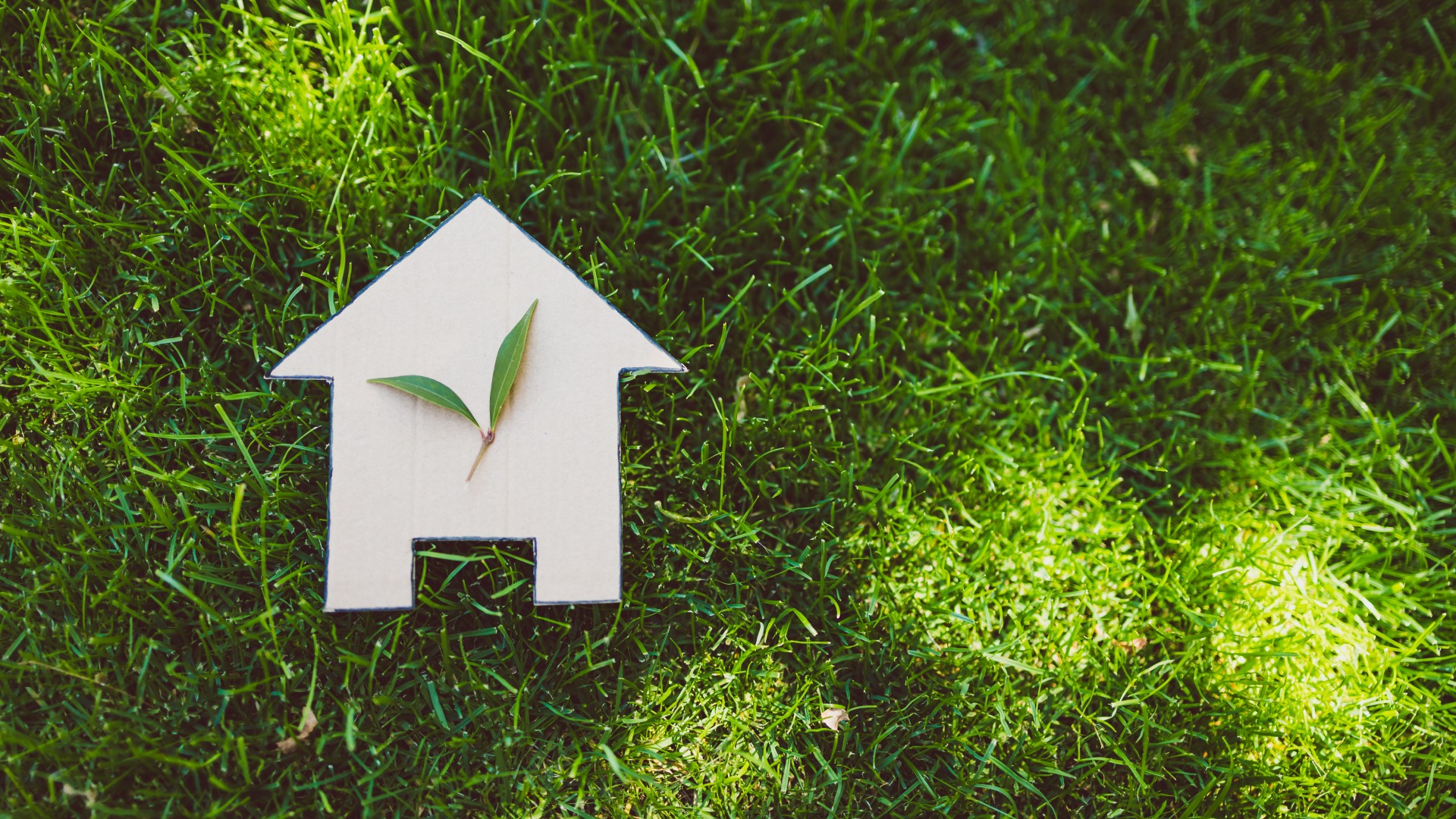
Are you looking for simple, innovative ways to be sustainable at home? If making your home more sustainable is your goal, congratulate yourself for making an effort towards taking care of the planet!
Sustainability at home is no easy task and is often met with good intentions. However, becoming sustainable can also bring confusion with an overwhelming amount of information to put into action.
So, how can you start today with small, achievable steps towards your sustainable goals at home? Read on to discover more.
What Is Sustainability?
Sustainable development can be described as the idea that we as humans must meet our needs, yet we must do so in a way that doesn’t compromise the ability of future generations to do the same. The saying, ‘there is enough for every man’s need but not every man’s greed’ embodies this concept.
So with pressing issues like climate change, global warming, sustainability, and energy exhausting the earth’s resources at a rapid pace, sustainability must be our top priority. Yet, still, we see corporations leading the way in manufacturing and producing products that continue to increase single-use plastic waste, deforestation, ocean pollution, and more.
Why Does Sustainability Matter?
We are currently living in a way that is no longer sustainable. This means we are depleting the earth’s resources faster than replenishing or sustaining them.
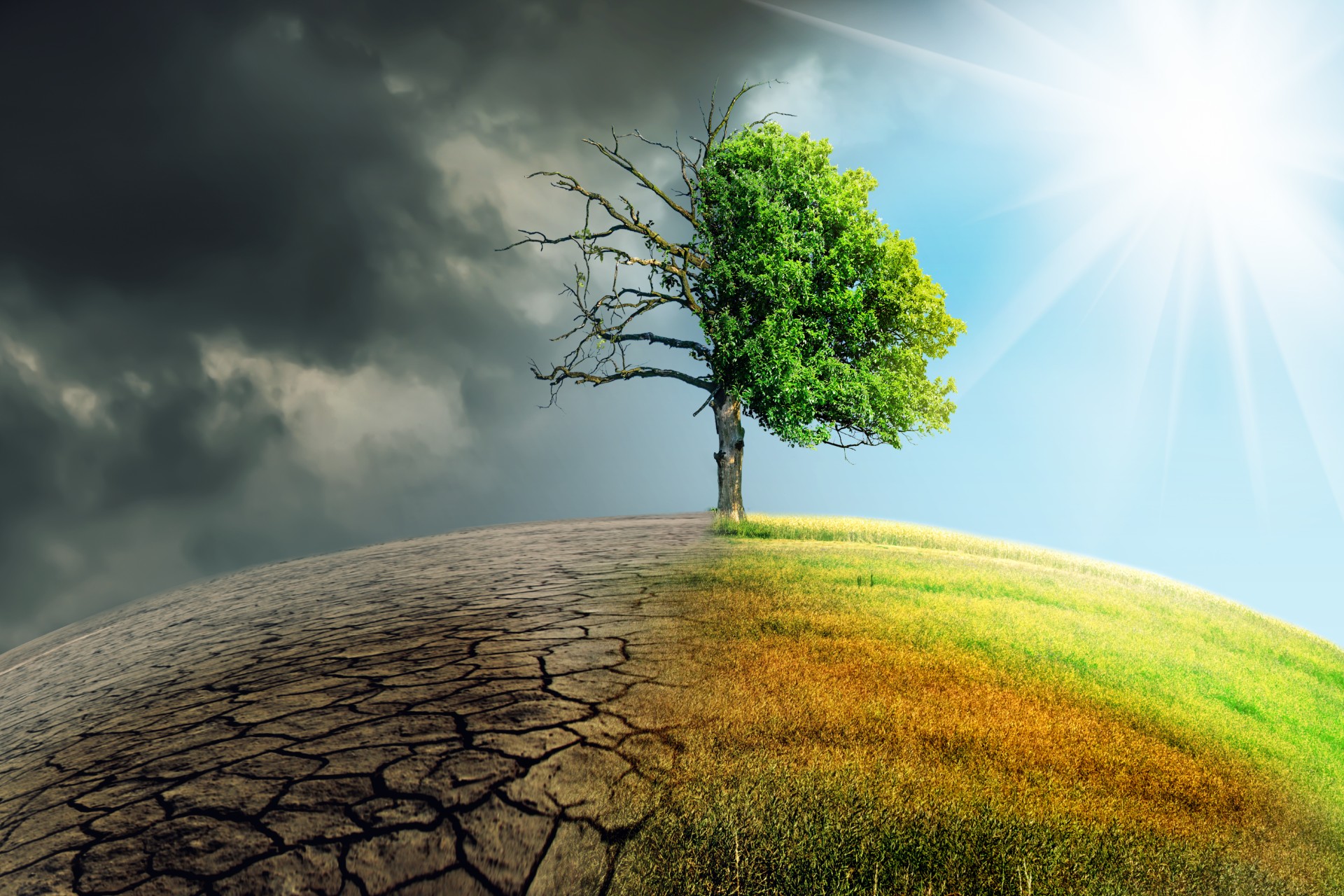
Moving forward, sustainability is all about creating habits that are beneficial for the community, earth, and our wellbeing. These changes do not impact the way you get out and enjoy daily life, for example, swapping to a reusable water bottle. Simple and effective. Reusable items save you time, minimize your carbon footprint, and create positive change.
With climate change and pollution becoming even more problematic, there is no time like the present to create lasting habits to help make the world a better place. So, let’s get started with how to be sustainable from the comfort of home.
1. Composting At Home
Composting at home can be straightforward; for the most part, you just need the right balance of ingredients for your compost garden to be practical. Garden Design’s optimal ratio is 2-4 parts brown matter (carbon) to 1 part green matter (nitrogen). A compost garden is a great way to make your soil more nutrient-dense and reduce landfill waste. Essentially, composting is carbon and nitrogen breaking down plant matter. The key is to have more carbon than nitrogen.
Compost gardens come in all shapes and sizes. They are ideal for everyone, including small apartments, tiny homes, and large farms and homes. Try out a unique balcony compost garden if you feel you lack space. In addition, composting is fun for the whole family, so feel encouraged to teach others how to compost and minimize food waste at home.
How to start a compost garden:
- First, find space in your garden or balcony (many variations are available).
- Next, make a bottom layer with leaves, straw, and twigs.
- Next, create layers (explained below).
- Ensure the compost garden is kept moist and stir it every few weeks.
It’s best to alternate between a green waste and a brown layer similar to the bottom layer. Add something that contains nitrogen or purchase nitrogen fertiliser.
A compost garden is something that takes a little trial and error, so don’t give up if it doesn’t appear to be working right away. There are plenty of resources online; check out YouTube for easy to follow tutorials.
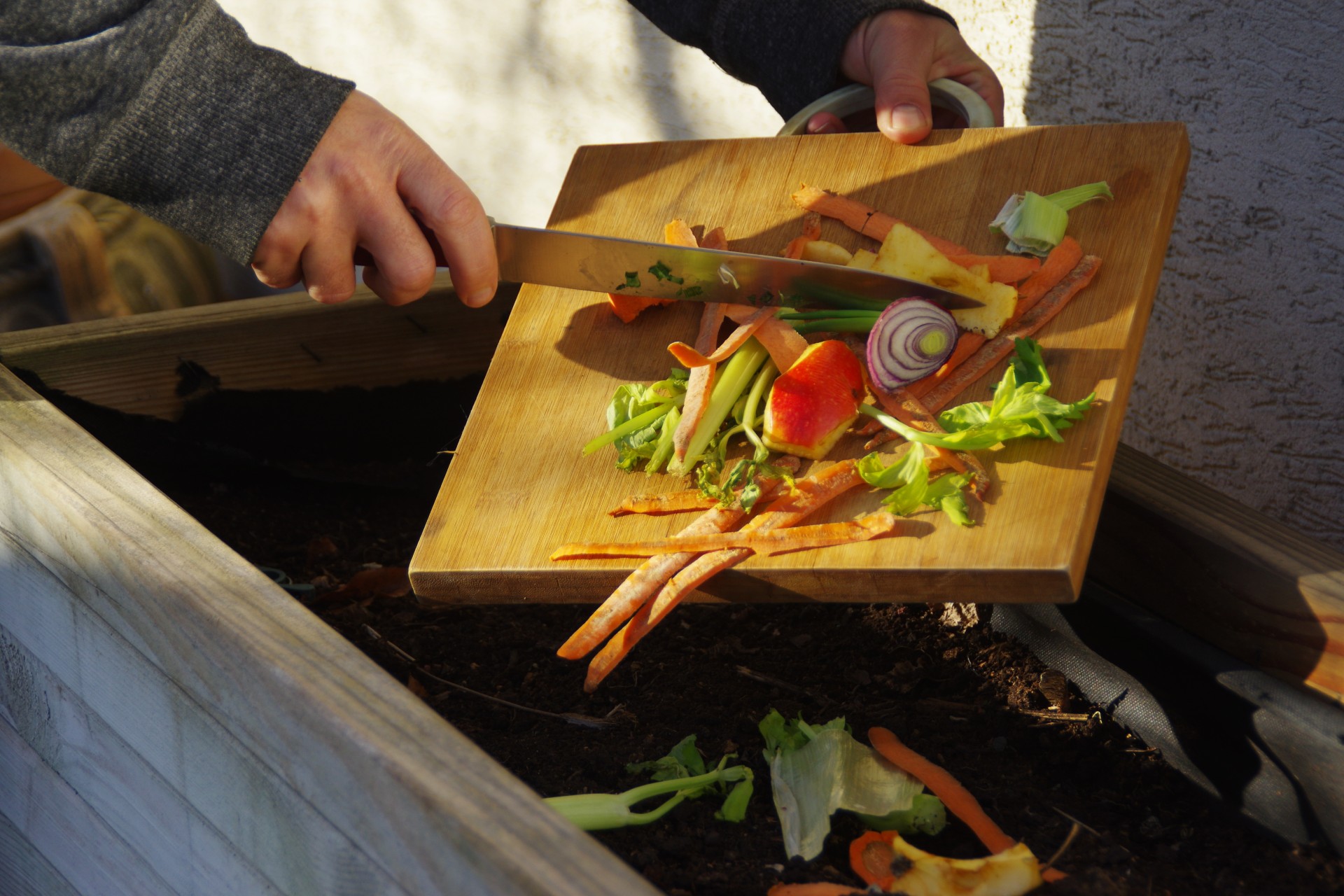
2. Save Energy & Reduce Your Carbon Footprint
These days we are all spending a lot more time at home, and have likely seen an increase in our electricity bill. Our home has become a school learning space for kids, a home office, and the electricity is probably running 24/7.
Saving energy doesn’t have to be complicated. There is no reason we all can’t set simple reminders to be more mindful of our energy consumption.
Check out the following ways you can start saving energy at home right away:
- Use a toaster oven to prepare smaller meals
- Turn off the tap while brushing your teeth
- Use solar lights in the garden
- Check your appliances are energy efficient or eco-friendly
- Switch the appliances off at the wall when not in use
- Run the dishwasher on economy cycle if you have one
- Hang out the washing on the line instead of using the dryer
- Don’t forget to clean and maintain your heating/cooling systems
- Switch out your light bulbs for energy-saving bulbs
- Install a smart thermostat
- Have shorter and colder showers when possible
- Wash your laundry with cold water
3. ReUse What You Have
You don’t have to be a minimalist to reuse what you have at home. We typically can reuse, recycle, upcycle a large amount of what we quickly rush out to replace. Sadly, the desire for us to own the latest product, upgrade our tech devices, or buy the latest fashion has a significant impact on the environment.
Here are our suggestions when it comes to reusing what you have:
- Save your takeout containers and use them for food or storage
- Make your cleaning solution and always use the same spray bottle
- Remove labels from candles and reuse the containers
- Reuse old tinctures and glass vitamin bottles to propagate plants or for storage
- Mindfully give things away instead of donating them to Value Village, as a lot of donations end up in landfills
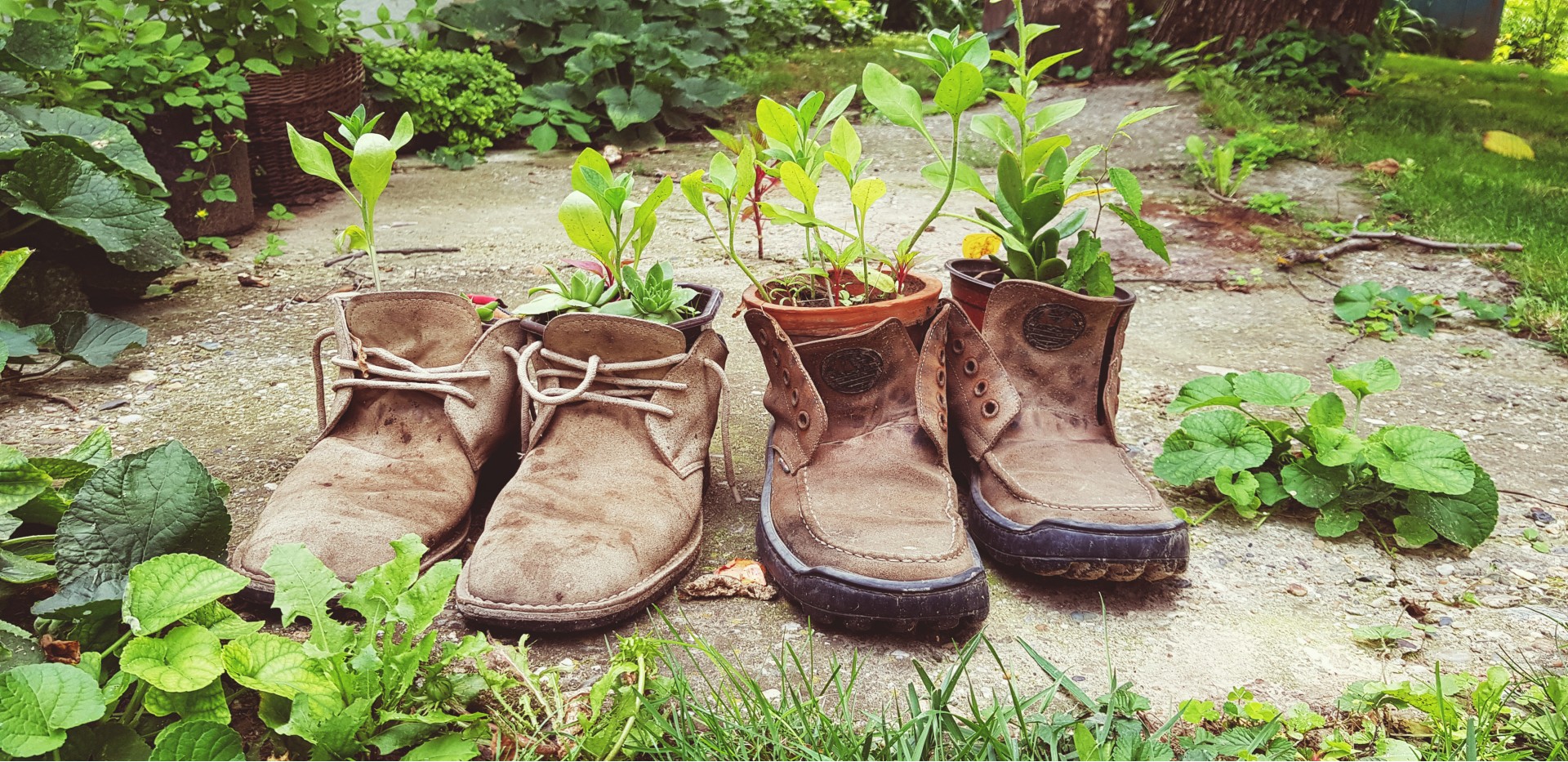
4. Avoid Single-Use Plastic
“Plastic pollution has become one of the most pressing environmental issues.” – National Geographic
A staggering 8 million tons of plastic waste ends up in our oceans each year. No matter where you live, single-use plastic contributes to ocean pollution. Unfortunately, recycling plastic is very complicated, expensive, and highly unsuccessful. As a result, most household waste goes to landfills even if intended for recycling.
A few examples of how to avoid single-use plastic at home:
- Invest in a good water bottle and fill it up at home as needed.
- Shop in bulk stores and bring your reusable glass jars from home.
- Switch plastic wrap for eco alternatives such as reusable bowl covers.
- Avoid plastic bottles and use zero-waste items such as soap bars, shampoo bars, plastic-free razors, bamboo products instead of plastic.
- Switch your laundry items for eco-friendly brands that are safe for the environment (laundry powder, liquid soap, dryer sheets).
5. Recycle your plastic packaging
Plastic waste is one of the more significant contributors to landfills. Furthermore, plastic is one of the leading causes of climate change, and as a society, we are using plastic at a staggering rate. However, much of the problems stem from the convenience of using single-use plastic, so a few simple changes to our habits can make a huge difference.
Here are some easy tips you can incorporate into your daily life to help reduce single-use plastic:
- Avoid face scrubs with microbeads- those are plastic and end up in the oceans.
- Reuse and repurpose the plastic bottles that you do use
- Reducing/carefully bulk shop
- Buy some items in bulk, but keep the smaller containers for refilling
- Only buy items in bulk that you frequently use
- Only buy bulk produce if needed
- Split your bulk purchases to save money and reduce the likelihood of waste.
6. Minimize Food Waste
Food waste is something we all experience at some point, and there are many reasons for this. How often do we buy produce, fresh herbs, meat, eggs, milk, and it goes to waste? Even with good intentions, without careful planning, food is one of the largest sources of household waste annually.
Panic buying, shopping without a list, going to the store in a hurry can lead to impulse purchases. In addition, we may have food at home that we won’t consume before expiration.
Here are some tips to minimize food waste.
- Have a day where you use your appliances and cook multiple foods at once to reduce energy.
- Reduce your meat consumption by enjoying vegetarian or vegan meals.
- Use stems and leaves in other recipes like broths and stock.
- Don’t throw away food because it looks imperfect. Instead, try adding it to a juice or soup.
- Freeze foods you don’t often eat, so it doesn’t spoil.
- Create meals with what’s left in your fridge and cupboards (casseroles or stews).
- Organize your fridge and pantry regularly to know what you have before shopping.
- Donate any non-perishable goods instead of throwing them in the trash.
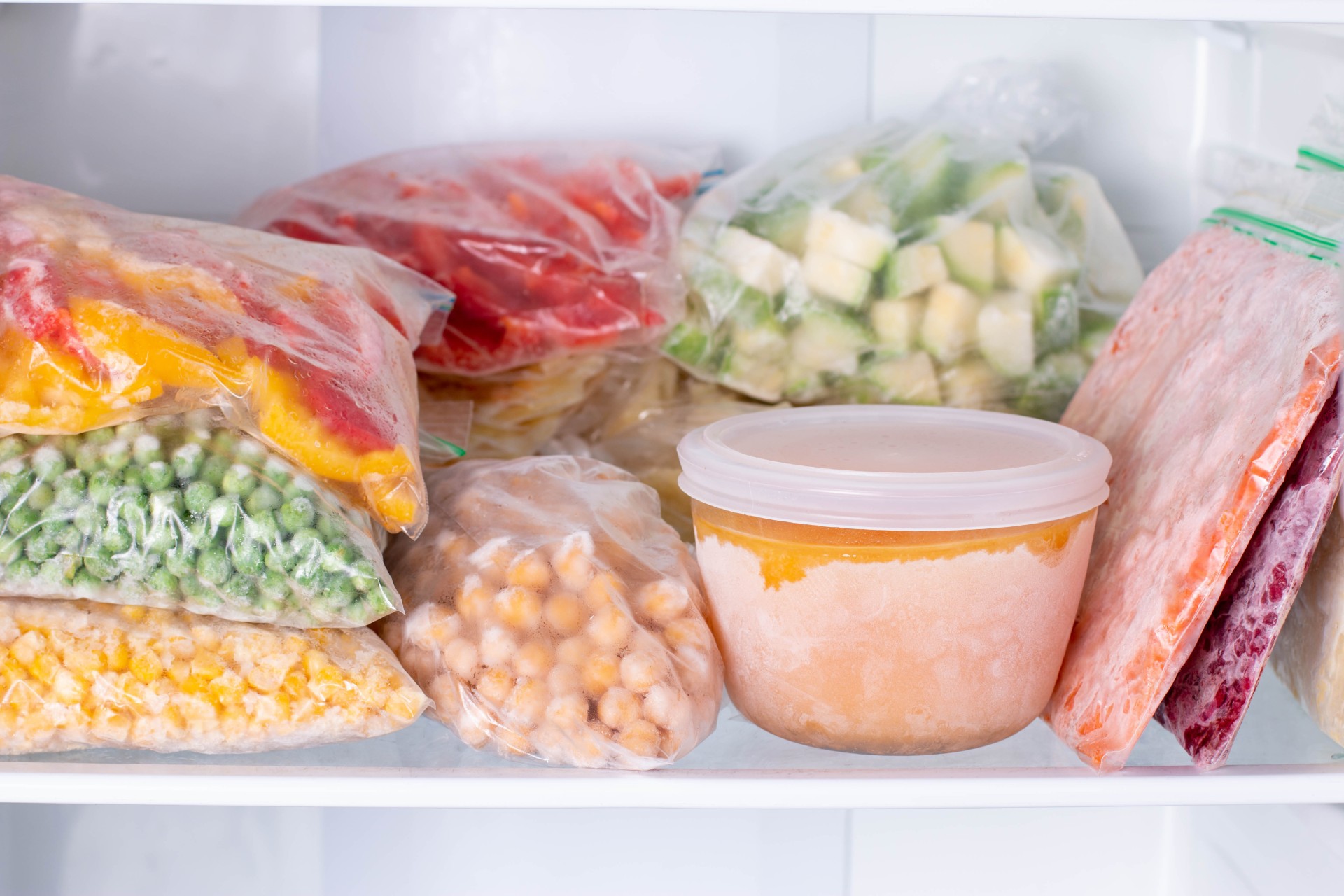
7. Be Organized
When you shop on a whim, your chances of wasting food dramatically increase, so always keep lists, whether on paper or your phone, to stay on top of food waste.
It takes 21 days to form a new habit, so with this knowledge, take the next 21 days and find the best organizational tool that works for you so that you can easily incorporate some (or all) of these easy sustainable tips.
- Make a list of the foods you waste so you can shop accordingly.
- Always write a grocery list before shopping.
- Take note of non-perishable items.
8. Start Small
There is no need to do everything listed in this blog post. However, it’s recommended that you start small and remember you are on a journey to make your home more sustainable and eco-friendly. Small changes can make a lasting impact, so don’t be overwhelmed and be kind to yourself as you adopt new habits.
- Change your online shop settings to receive eco-friendly packaging.
- Request digital copies only (no paper mail).
- Shop small and local whenever possible such as the weekend market.
- Recycle your textiles and avoid fast fashion.
- Thrift shop or upcycle.
- Support brands who are making a difference
Final Thoughts
One company that significantly impacts the environment is The Happy Turtle Straw.
Plastic straws are hazardous to the marine environment and cause harm to wildlife, sea birds, and turtles once in the natural waterways.
That is why The Happy Turtle Straw is 100% biodegradable, plant-based, chemical-free, and safe to compost. You don’t have to worry about The Happy Turtle Straw remaining in the ocean or breaking down into microplastic particles. The Happy turtle Straw is uniquely made from food sources such as potatoes, tapioca and rice so it is safe enough for turtles to eat!
Be encouraged to try sustainable alternatives at home, each change you make can have a positive impact on the environment, your health, and the future of the planet.
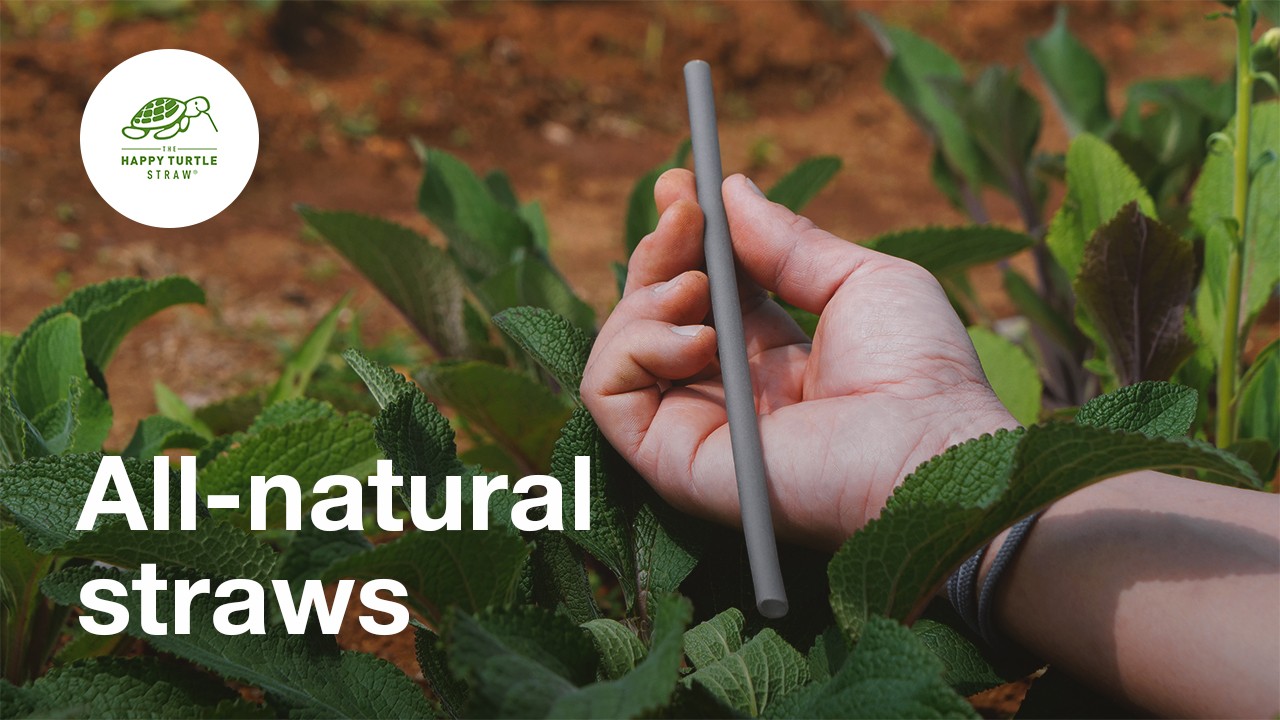
References:




